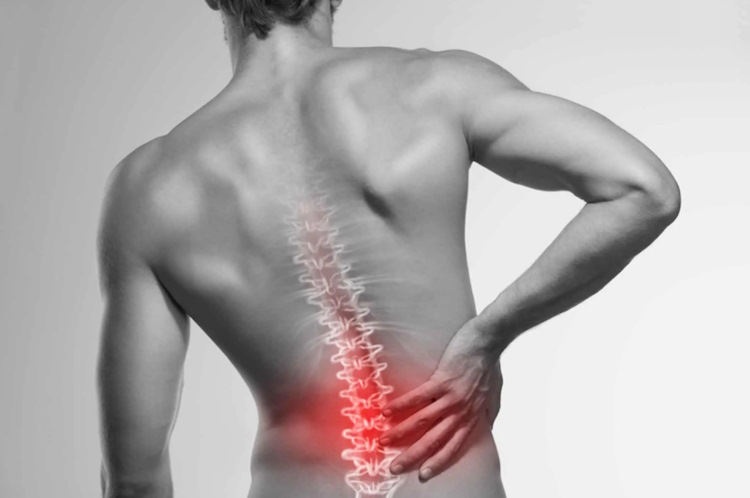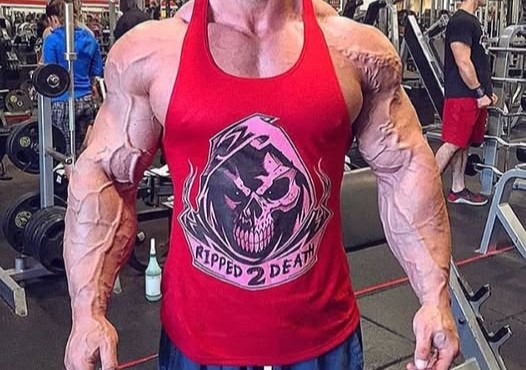Is PLLA the Fountain of Youth?
In the quest for youthful skin and a rejuvenated appearance, many turn to the latest advancements in cosmetic treatments. One such innovation is PLLA, or poly L lactic acid, known by the brand name Sculptra. Far from being just another filler, PLLA is a biostimulator that encourages the body’s natural collagen production. Initially developed to address facial hollowing in HIV patients, PLLA has gained popularity for its ability to restore volume and smoothness to aging skin. This article delves into the science behind PLLA, its application, and how it compares to traditional fillers, providing insights into why it might be the key to a more youthful you.
What is PLLA?
PLLA, or poly L lactic acid, is a cosmetic product used to encourage or stimulate your own collagen production. Sold under the brand name Sculptra, it is available in many countries with slight variations. PLLA is not a filler; it’s a biostimulator that boosts your body to stimulate its own collagen by triggering a controlled inflammatory reaction. Approved in 2009 for aesthetic use, this product was originally intended for HIV patients who experienced facial hollowing due to weight loss secondary to treatments for the infection.
What is Collagen, Why Do I Need It, and When is It Suggested for Use?
There have been 28 types of collagens identified so far. Collagen is a significant protein located in the skin, but it can also be found in cartilage, bones, connective tissues, and other areas of the body that provide support and structure. Certain foods like beef, fish, eggs, and bone broth assist in the production of collagen by providing essential amino acids.
We naturally lose volume in the facial fat pads as we age, which also causes sagging skin, especially after the age of 40. We lose one percent of collagen each year of life after 40 years old. Your skin may lose collagen with poor diet choices and behaviors like smoking, sun exposure, and drinking alcohol but can also occur with rapid weight loss. Therefore, PLLA is commonly suggested for individuals over the age of 40. Some have asked if it can be used in patients in their 70s, and the simple answer is yes. You can stimulate collagen production at any age. The results may take longer to see, or you may not receive the same results a 40-year-old gets, but the good news is you can continue PLLA injections every few months until the desired result is achieved.
Where is PLLA Injected?
The gel-like substance is used to create smoother skin and a fuller appearance. The face is a popular treatment area, and it is commonly used off-label in the buttocks. Today, clinicians are injecting the product in the stomach, neck/chest area, and above the knees and elbows. After PLLA is injected underneath the skin, it is absorbed within a few days. Unlike traditional hyaluronic acid (HA) fillers, it does not provide immediate results. The desired outcomes are not fully seen for several weeks up to 2-3 months, but the treatment can last up to two years, which is much longer than traditional HA fillers.
After injection, it is highly encouraged to adhere to the 5-5-5 rule. This means you should massage the area five times a day for five minutes for five days to reduce the chances of nodules or lumps forming under the skin, and to properly disperse the product within the immediate area.
How is PLLA Prepared or Reconstituted for Injection?
You can find various reconstitution methods on the web, but the manufacturer suggests adding 8-10 cc/ml of sterile water or bacteriostatic water and 1-2 cc/ml of lidocaine (with or without epinephrine). This product does not have to be refrigerated before use and can sit at room temperature for 72 hours after reconstitution as long as you don’t add the lidocaine; you add the 1-2 cc/ml of lidocaine right before injection. Some suggest letting the product sit for 48 hours prior to injection to reduce the size of the particles and further reduce the risks of nodule formation or vascular occlusion. Vascular occlusion is a rare side effect with any injectable if the proper technique is not followed.
Should You Choose a PLLA Biostimulator or an HA Filler?
If you want immediate results that don’t last as long, you might choose an HA filler, which can give you a sudden “overdone” look. If you are patient and want a more natural result, PLLA would be the product of choice because the volume changes are gradual. Additionally, you may have improved skin tone, another documented benefit of PLLA.
PLLA, or poly L lactic acid, is a cosmetic biostimulator sold under the brand name Sculptra, designed to enhance collagen production rather than merely filling in wrinkles. Initially approved for HIV patients experiencing facial hollowing, it is now widely used for aesthetic purposes. Collagen, a crucial protein for skin and structural support, diminishes with age, poor diet, smoking, sun exposure, alcohol, and rapid weight loss. PLLA injections, suggested primarily for those over 40, help counteract this loss by gradually increasing collagen levels, with effects visible over weeks to months and lasting up to two years. Unlike immediate-result fillers, PLLA offers a more natural and sustained rejuvenation, requiring specific preparation and post-injection care to optimize results and minimize side effects









